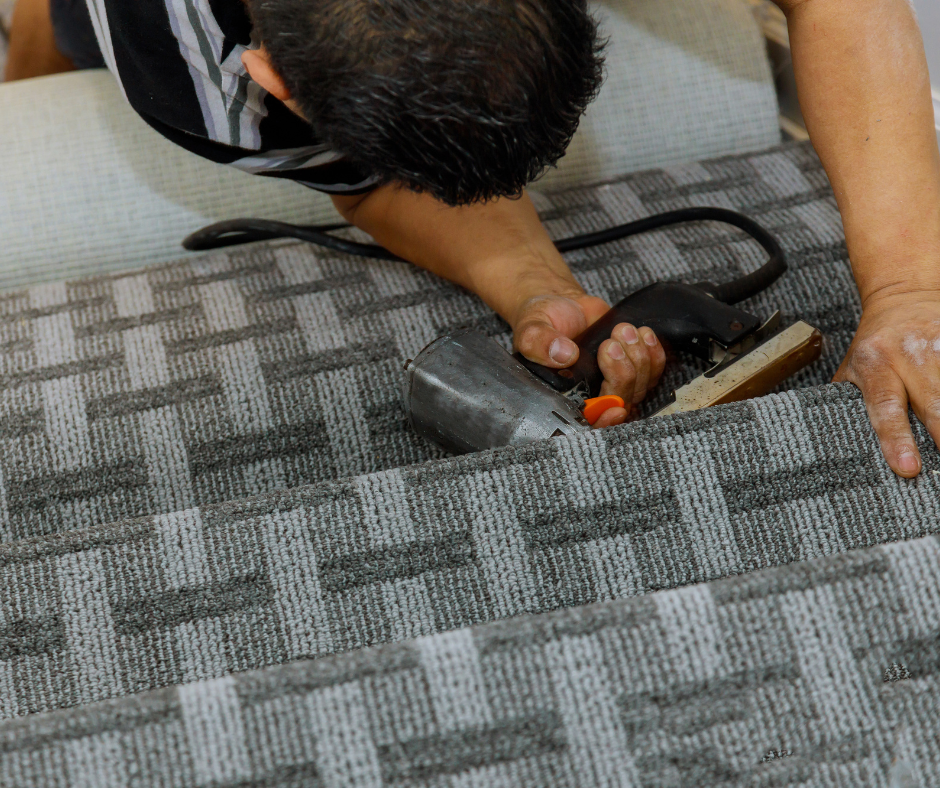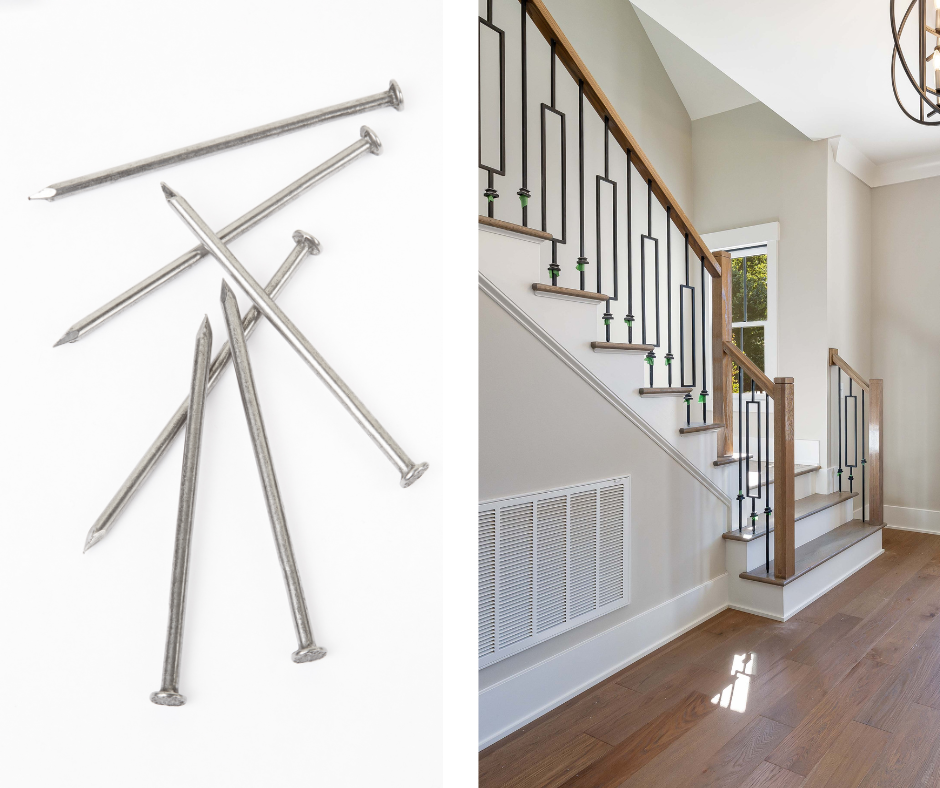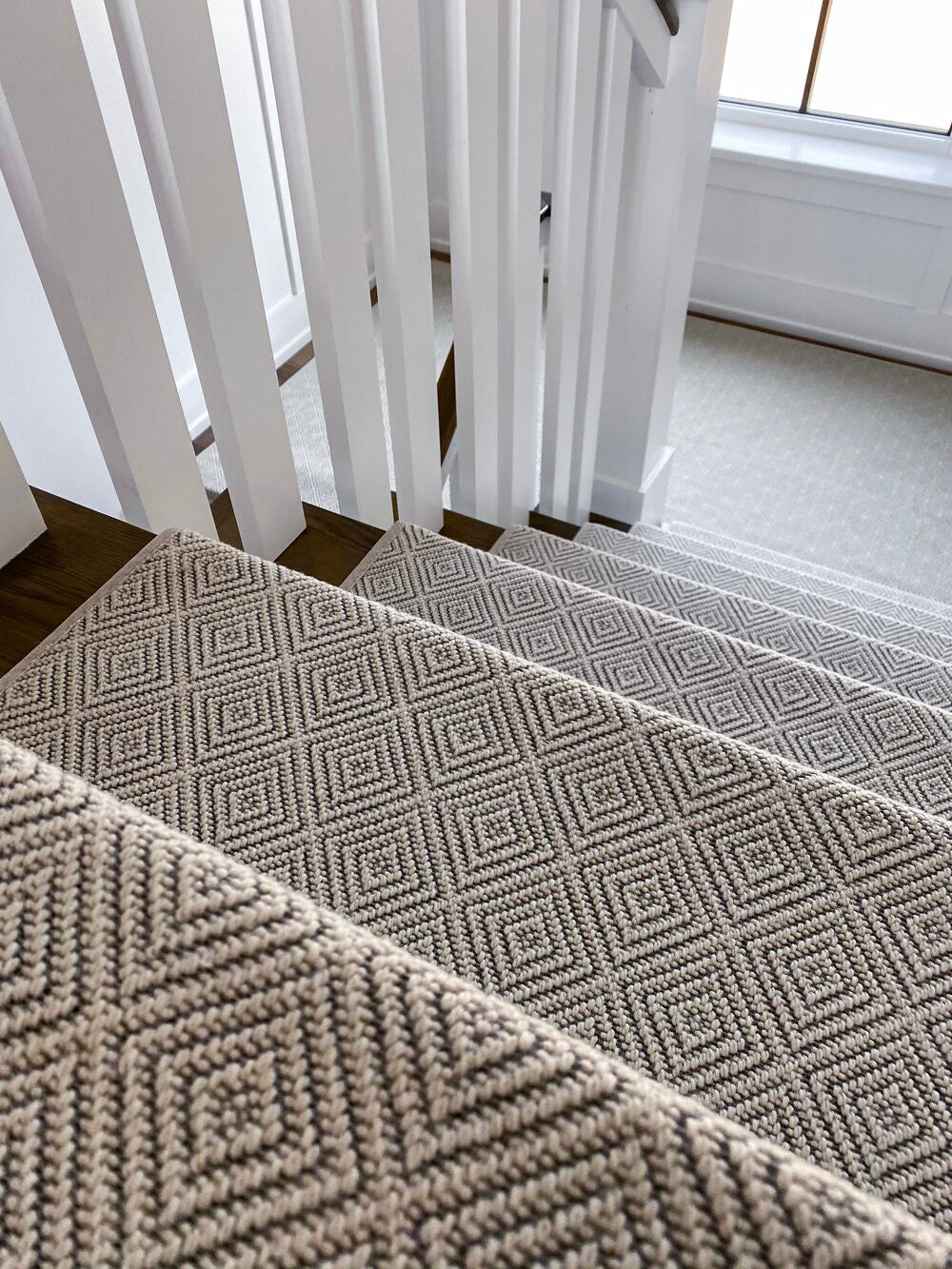Stair runners add style and protection to your home, but many homeowners wonder, do you need padding under stair runners?
The answer is yes—padding enhances safety, comfort, and durability by preventing shifting and reducing wear.
Without it, even high-quality carpet stair treads may wear out faster and provide less grip.
In this guide, we’ll explain why padding matters, how it affects your stair runner’s performance, and which types work best.
You’ll also learn about different options, including rubber stair pads and adhesive stair pads, to help you make the right choice.
Keep reading to ensure your stairs stay secure, quiet, and long-lasting.
Is Padding Necessary for Stair Runners?
Padding isn’t just about comfort—it enhances safety and longevity.
Adding padding under your stair runner helps absorb impact, making each step softer and quieter.
It also prevents shifting, reducing the risk of slips and falls.
For families with children or pets, padding adds an extra layer of protection.
Whether you choose rubber stair pads for superior grip or adhesive stair pads for quick installation, padding makes a noticeable difference.
Beyond safety, padding helps to prolong the life of both your stair runner and the stairs beneath it.
Without padding, the runner experiences more wear and tear over time, leading to fraying or thinning in high-traffic areas.
Padding also prevents the stair runner from pressing too hard against the wooden or tile surface of your stairs, helping both materials maintain their quality over time.
Benefits of Padding Under Stair Runners
Padding does more than just create a soft feel. Here’s why it’s a smart addition:
1. Comfort for Everyday Use
One of the biggest benefits of adding padding under your stair runner is the enhanced comfort.
A well-padded runner provides extra cushioning, making stairs feel softer underfoot.
This can be especially beneficial for individuals who frequently walk barefoot or for households with pets that need extra grip.
2. Increased Safety
A stair runner without padding can sometimes shift or slip, especially when placed over slick surfaces like hardwood or tile.
Padding helps anchor the runner securely to the stairs, keeping it in place and reducing the risk of accidents.
For homes with young children or elderly individuals, safety is a primary concern.
Adding padding ensures that the stair runner doesn’t become a slipping hazard.
3. Noise Reduction
Hardwood or tile stairs can create significant noise, especially in multi-level homes.
Without padding, stair runners don’t offer as much sound absorption, meaning every step could still produce an echo.
Padding absorbs impact, reducing the sound of footsteps and making your home quieter.
If noise reduction is a priority, using padding under your stair runner can significantly decrease the sound level of people going up and down the stairs.
4. Extended Durability
Padding not only protects your stair runner but also extends its lifespan.
Without padding, the constant friction between the runner and the stairs can cause wear and tear over time.
Padding acts as a barrier, reducing the stress on the runner fibers and keeping it in good condition for years.
Can You Install a Stair Runner Without Padding?
Yes, but it’s not ideal.
Without padding, your stair runner may feel less comfortable and shift over time.
While adhesive stair pads can help secure the runner, they don’t provide the same level of cushioning and noise reduction.
Additionally, stair runners without padding are more likely to wear out quickly.
The lack of a protective layer underneath means more direct contact with the stairs, leading to premature fraying or damage.
While some homeowners opt to install stair runners without padding to save money or reduce installation time, the long-term benefits of padding make it a worthwhile investment.
How to Choose the Right Padding for Your Stair Runner
Selecting the right type of padding depends on your specific needs.
There are multiple types of padding available, each offering unique benefits.
1. Rubber Stair Pads for Maximum Grip
Rubber stair pads are an excellent choice if safety is your main priority.
These pads provide a strong grip, preventing the stair runner from shifting out of place.
They also work well on hardwood and tile stairs, where slip resistance is crucial.
Rubber stair pads are durable and long-lasting, making them a smart investment for high-traffic stairways.
They also work particularly well in households with pets, as they help prevent paws from sliding on smooth surfaces.
2. Adhesive Stair Pads for Quick and Easy Installation
If you’re looking for a simple, DIY-friendly solution, adhesive stair pads are a great option.
These pads are designed to stick directly to the stairs, eliminating the need for complex installation tools.
Adhesive stair pads offer a decent level of cushioning and grip, making them a good middle-ground choice for those who want a straightforward installation process.
However, they may not provide as much long-term durability as rubber pads.
3. Foam Padding for Extra Cushioning
Foam padding is a good option if comfort is your main priority.
It provides extra softness underfoot, making stairs feel plush and inviting.
However, foam padding lacks the grip of rubber stair pads and the ease of installation of adhesive stair pads.
If you opt for foam, you may need additional securing methods to keep your stair runner in place.
How to Properly Install Padding Under Your Stair Runner
Adding padding under your stair runner requires careful installation to ensure it stays secure.
Here’s a step-by-step guide:
-
Measure Your Stairs
-
-
Determine the dimensions of each stair tread and riser.
-
Cut the padding slightly smaller than the stair runner to ensure a seamless fit.
-
-
Choose the Right Type of Padding
-
-
If safety is a concern, opt for rubber stair pads.
-
If ease of installation is a priority, adhesive stair pads may be the best choice.
-
-
Secure the Padding
-
-
If using adhesive stair pads, simply peel and stick them in place.
-
If using rubber stair pads, apply them directly to each tread.
-
-
Install the Stair Runner
-
-
Carefully position the stair runner over the padding, ensuring a snug fit.
-
Secure the runner with a staple gun or stair rods to prevent shifting.
-
-
Test for Stability
-
-
Walk on the stairs to ensure everything stays in place.
-
Adjust any loose areas as needed.
-
Stepping It Up
Padding under stair runners enhances comfort, safety, and durability.
Whether you choose rubber stair pads for grip or adhesive stair pads for quick setup, the right padding will protect your stairs while keeping your runner looking fresh for years to come.
Not only does padding make stairs more comfortable and quieter, but it also prevents premature wear and enhances safety.
Choosing the right padding depends on your specific needs—whether it’s superior grip, easy installation, or maximum cushioning.
Call Oak Valley Design Today!
Looking for the best stair solutions? Explore Oak Valley Designs’ premium stair treads today.
-
Website: https://oakvalleydesigns.com/
-
Phone: 706.331.0315
-
Email: info@oakvalleydesigns.com
-
Address: 30 River Ct SW Bldg E Cartersville, Ga 30120




